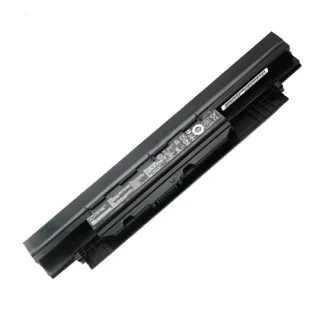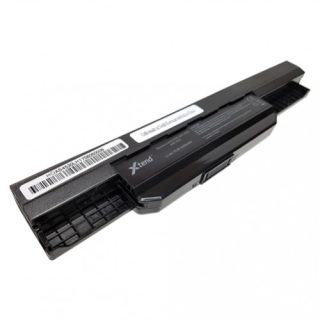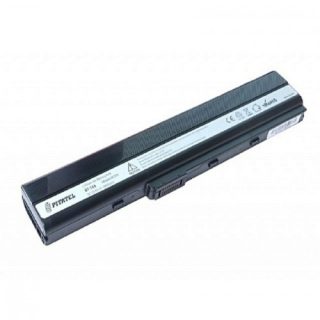
The power supply unit (PSU) is the unsung hero of your computer. It silently converts the wall outlet’s AC power into the stable DC voltages your various components need to function. But a weak or failing PSU can wreak havoc on your system, causing instability, crashes, and even permanent damage to other parts. So, how can you tell if your PSU is struggling to keep up?
The Symptoms of a Strained Power Supply:
Several signs can indicate your PSU is nearing the end of its lifespan or simply inadequate for your system’s demands. Here’s what to watch out for:
- Unexpected Shutdowns and Restarts: If your computer shuts down unexpectedly, restarts frequently, or exhibits blue screen errors (BSODs), a weak PSU could be the culprit. The PSU might be unable to deliver enough power during peak loads, causing the system to crash.
- Random Component Crashes: Does your computer seem to freeze or experience crashes related to specific components like the graphics card? This could be due to the PSU failing to provide consistent power to that component.
- Performance Issues: A weak PSU may not be able to deliver the full potential of your hardware. You might experience sluggish performance, frame rate drops during gaming, or slow boot times.
- Fan Noise: While all PSUs have fans, a noticeably loud or high-pitched whirring sound might indicate the PSU fan is working overtime to compensate for insufficient cooling due to increased heat generation from a failing unit.
- Burning Smell: This is a serious red flag! A burning odor emanating from your computer could signify a failing PSU component on the verge of overheating and potentially causing significant damage.
- Random Voltage Fluctuations: Specialized tools can measure voltage outputs from the PSU. However, for most users, the signs mentioned above are more practical indicators of potential PSU issues.
Beyond the Symptoms: Assessing Power Needs
While the symptoms listed above can be indicative of a weak PSU, it’s important to consider other factors:
- Power Supply Wattage vs. System Requirements: Check your PSU’s wattage rating (usually printed on the unit itself). Then, use online power calculators to estimate your system’s total power draw. If the PSU wattage is significantly lower than the system’s requirements, it might be insufficient.
- Recent Hardware Upgrades: Did you recently add a new power-hungry graphics card or processor? Even if your PSU was sufficient before, the additional power demands might now be exceeding its capacity.
Diagnosing the Problem:
If you suspect a weak PSU, here are some approaches to diagnose the issue further:
- Event Viewer (Windows) or Console Logs (Mac): These system logs might contain entries related to power supply issues.
- Software Monitoring Tools: Several free software tools can monitor system voltages and temperatures, potentially revealing PSU-related fluctuations. However, these may not always be definitive.
- PSU Tester (Advanced Users): For more technical users, PSU testers are available that connect directly to the PSU and provide a more detailed diagnostic report on voltage outputs.
Taking Action: Repair or Replace?
Unfortunately, PSUs are not typically repairable by everyday users. If you’ve confirmed a weak PSU, replacing it is the recommended course of action. When choosing a new PSU, consider:
- Wattage: Ensure the new PSU has enough wattage to handle your current and potential future hardware needs.
- Brand Reputation: Opt for reputable brands known for quality and reliable PSUs.
- Efficiency Ratings: Look for PSUs with certifications like 80+ Bronze, Silver, Gold, etc., indicating higher efficiency and potentially lower energy consumption.
Prevention is Key:
- Regular Cleaning: Dust buildup can restrict airflow and hinder PSU cooling, potentially leading to premature failure. Regularly clean your computer’s interior to maintain good airflow.
- Proper Ventilation: Ensure your computer case has adequate ventilation and is positioned in a well-ventilated area to prevent overheating.
- Cable Management: A cluttered case with tangled cables can restrict airflow. Proper cable management improves airflow and keeps your system cooler, reducing stress on the PSU.
By understanding the signs of a weak PSU and taking preventative measures, you can ensure your computer’s reliable operation and avoid potential damage to other components. Remember, a healthy PSU is an essential ingredient for a healthy and happy computer!














Leave a Reply